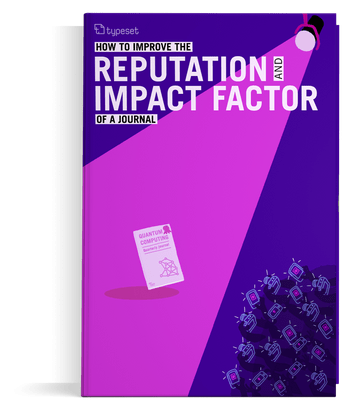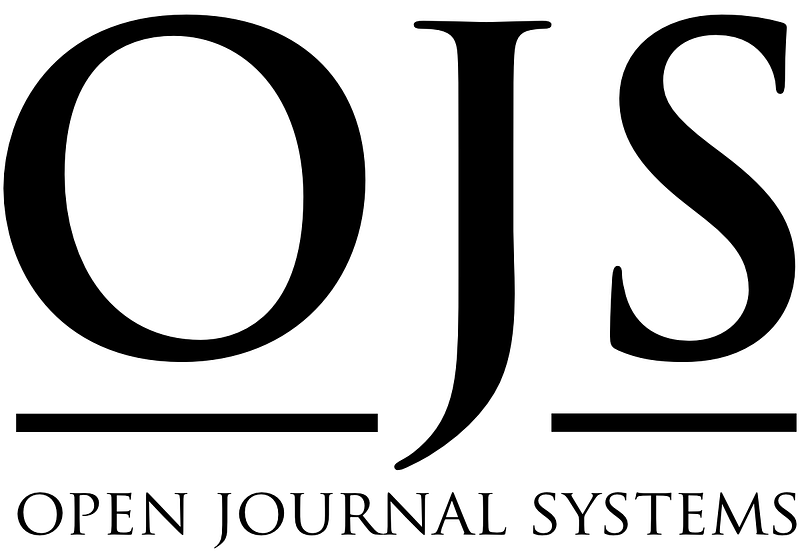
If you are a new reader to this blog, we would recommend you to check out the first part of the Blog
There are 3 more additional things that Editors-in-Chief and Managing Editors should do.
4.) Encourage submissions with better author experience
Notable journals that take their authors for granted often lose out on a lot because of their frustrating submission and review processes.
Easy submission process, complete transparency of the status of the submission at each stage of the review process, and upfront answers about common questions, like average time from submission to publication, policies regarding making the research accessible on pre-print servers are all small things that can make a big difference to an author’s overall experience with your journal. Invest your time and money to ensure a great author’s experience for your journal.
Although understandable, it is unfortunate to see that most journals still take at least six months to one year from submission to publication. Offering rapid publication without compromising on journal quality can thus come as a huge plus for journals that are trying to make a mark for themselves and become the publication of choice for authors who are short on time but still wish to go for a reputed journal.
We, at SciSpace (Formerly Typeset), for example, upload publishers’ pre-set template(s) in our journal gallery of 100,000+ templates. This helps authors auto-format their papers with our one-click formatting to the journal’s guidelines and directly submit the manuscript to the journal.
This seamless submission process helps boost submissions for the journal and also helps them reduce the time to publish. Journals receive ‘publish-ready’ papers that are completely in line with their author guidelines, where every submission is accompanied by JATS XML, which automates a huge chunk of the production workflow and also saves more than 70% of their production costs.
As a journal, Editor wants to convert the MS-Word file into different formats such as XML, HTML, and ePUB. Here is the link to a quick set of converters:
1. Convert MS-Word files to JATS XML
2. Convert PDF files to JATS XML
3. Convert MS-Word files to PubMed PMC XML
FYI. These are part of SciSpace’s Publisher Solution mentioned below.
To learn more about our publisher program, you can visit this page. The point here is — keep an eye out for technological advancements in the industry, which can easily help you gain a competitive advantage.
Similarly, ensuring a quick feedback flow, allowing different file formats, and a pleasant and credible review process can all improve the author’s experience greatly and encourage more submissions.
Here’s a great article in THE that talks about how a journal came up with a ranking system for peer reviewers to reduce response times.
5.) Find your niche
You can be the fourth-best journal in a category, or you can be the best journal in a small but significant category. Which one would you choose to be? Find the gap in your industry to identify a niche that has good scope but is not yet covered exclusively by any other journal.

Gaps in Open-Access peer-reviewed sources within specific research areas are still relevant. Dignity, for example, is a journal started by Donna Hughes, a professor of anthropology, sociology, and women & gender studies at URI. Hughes realized the need for a specific journal that talked about sexual exploitation and violence in his research area and started his own journal to fulfill that gap.
6.) Build a journal for modern readers
One common mindset that still plagues the scientific publishing industry is the idea to think about online journals like the traditional print journal production. New journals must emphasize a modern web presence and convenient online browsing experience. Understand that researchers cannot flip through pages of your journal online, hence it’s time to stop organizing everything at an issue level with tables of contents. To improve the discovery and reach of your articles, create categories on your site and make sure that the articles are easily searchable.
With modern open-source platforms such as OJS, it has become easy to host journals within 24 hours. To learn all about OJS Visit: The A-Z of Open Journal Systems (OJS): Chapter 1, The A-Z of Open Journal Systems (OJS): Chapter 2

In a Scholastica article, Anthony Bonato, Internet Mathematics’ editor-in-chief stresses that researchers, in the end, care about accessing papers. Simply click and you can access the paper. That’s how it should be.
It is also hard to ignore the amount of time people spend on their smartphones these days. Getting a responsive website design for different devices can thus improve the readability and citations of your journal to a great extent. An overall modern presence all lends some credibility to your journal and can improve paper submissions.
Sidenote:
Questionable practices for increasing Journal Impact Factor?
Encouraging self-citations through authors, deliberately accepting certain paper types that attract more citations (like review articles or method papers), collaborating with editors from related journals to encourage citations of each other’s journals are all unethical practices that often increase JIF. But journals that hold no bar in following such practices are the ones that often get banned as well.
Although Impact Factor is one of the primary parameters for authors in choosing the right journal, as scientists gain more experience and maturity, consistency in individual output and citation counts become more important. This is mainly because young researchers do not have enough publications under their name at the initial stage of their careers, so the citation count is also pretty less. JIF, in that case, becomes a good proxy for their scientific excellence. But over time, m-index or h-index become better indicators of scientific excellence for mature scientists. Hence journals that focus solely on increasing JIF are short-sighted and are setting themselves up for failure.
Have any opinions on this topic? Let me know your thoughts in the comments section.
In light of the fact, if you ever thought that scholarly research is a cumbersome "work", Scispace has now made managing research workflow an "activity" for you. Yes, you unjumbled the sentence correctly.

SciSpace provides researchers, universities, and publishers with all the tools they need. There are over 200 million research papers in our research repository across multiple disciplines with search engine optimized abstracts, a publicly visible profile that highlights your expertise, and much more.

Before you go,
Talk to us if you are targeting to improve your impact factor.







